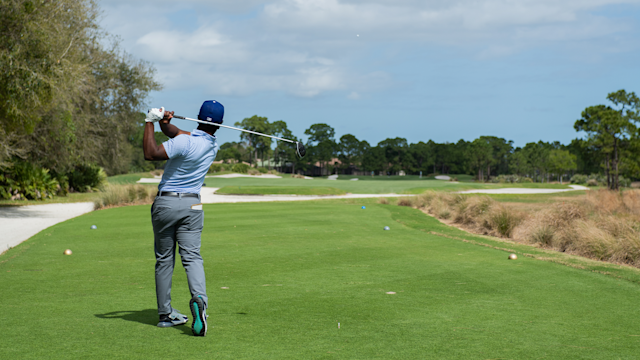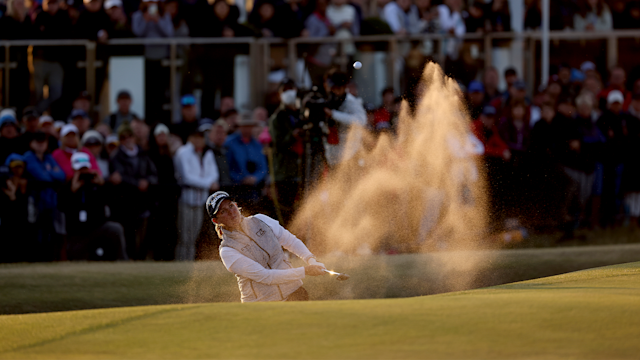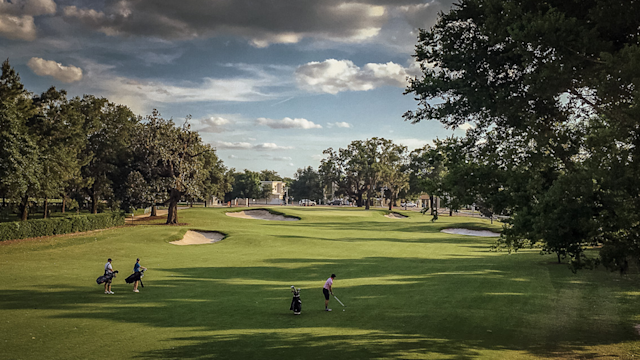quick coaching
The Difference Between Working and Playing
By Keith Stewart, PGA
Published on
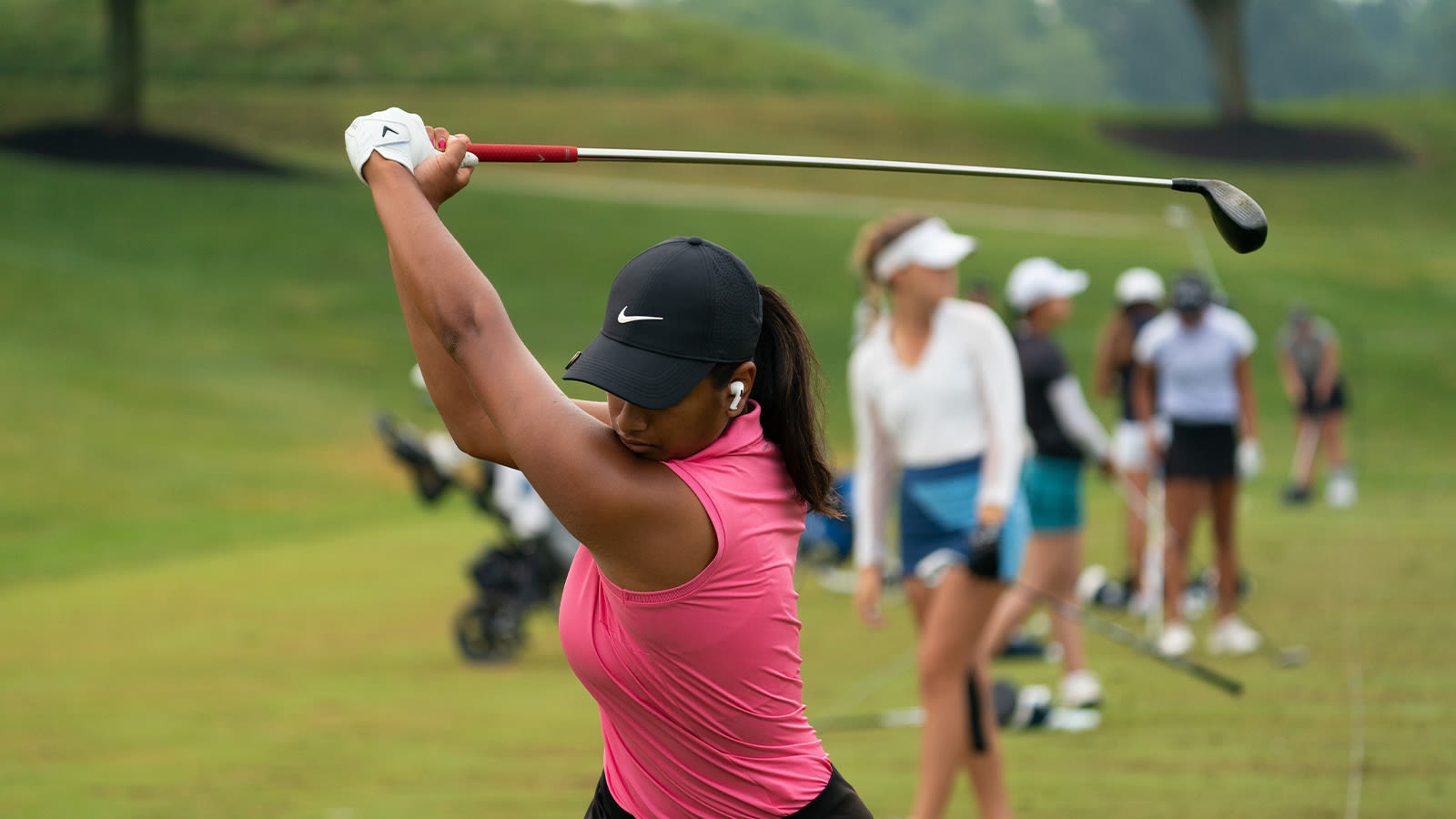
Megha Ganne hits her shot on the practice range during the third round of the 45th Girls Junior PGA Championship held at Valhalla Golf Club on July 28, 2021 in Louisville, Kentucky. (Photo by Hailey Garrett/PGA of America)
This week, I walked the practice range at the BMW Championship. As a PGA Coach, I’m always intrigued by what the world’s best do when they get to the grass. Even on a Tuesday of the BMW Championship, players are playing and practicing. The difference between the two is simple, some of the world’s best are warming-up to go play a practice round, and others are populating the practice area much longer to work on some aspect of their game. It's easy to see the distinction between the two on the range at Wilmington Country Club.
Unfortunately, it is not as easy to see the disparity on your range at home. That’s the point of this PGA Coaching piece. Watching the world’s best ball strikers today is a wonderful
opportunity to help amateurs understand there should be a noticeable contrast between work and play.
opportunity to help amateurs understand there should be a noticeable contrast between work and play.
Practice time on the range should be purposeful. Are we there to enhance our game or simply just get ready. Too many times, I see students and players working prior to their round. If you are going out to play, then just get ready on the range.
The best way to warm up is to have a pre-round routine. Just like a pre-shot routine,
this consistent approach sets you up for the most success. If you like to putt first or last
it really doesn’t matter, just do it in the same order each time. Following a set pattern
gets your golf brain ready to take on the challenges of the day.
this consistent approach sets you up for the most success. If you like to putt first or last
it really doesn’t matter, just do it in the same order each time. Following a set pattern
gets your golf brain ready to take on the challenges of the day.
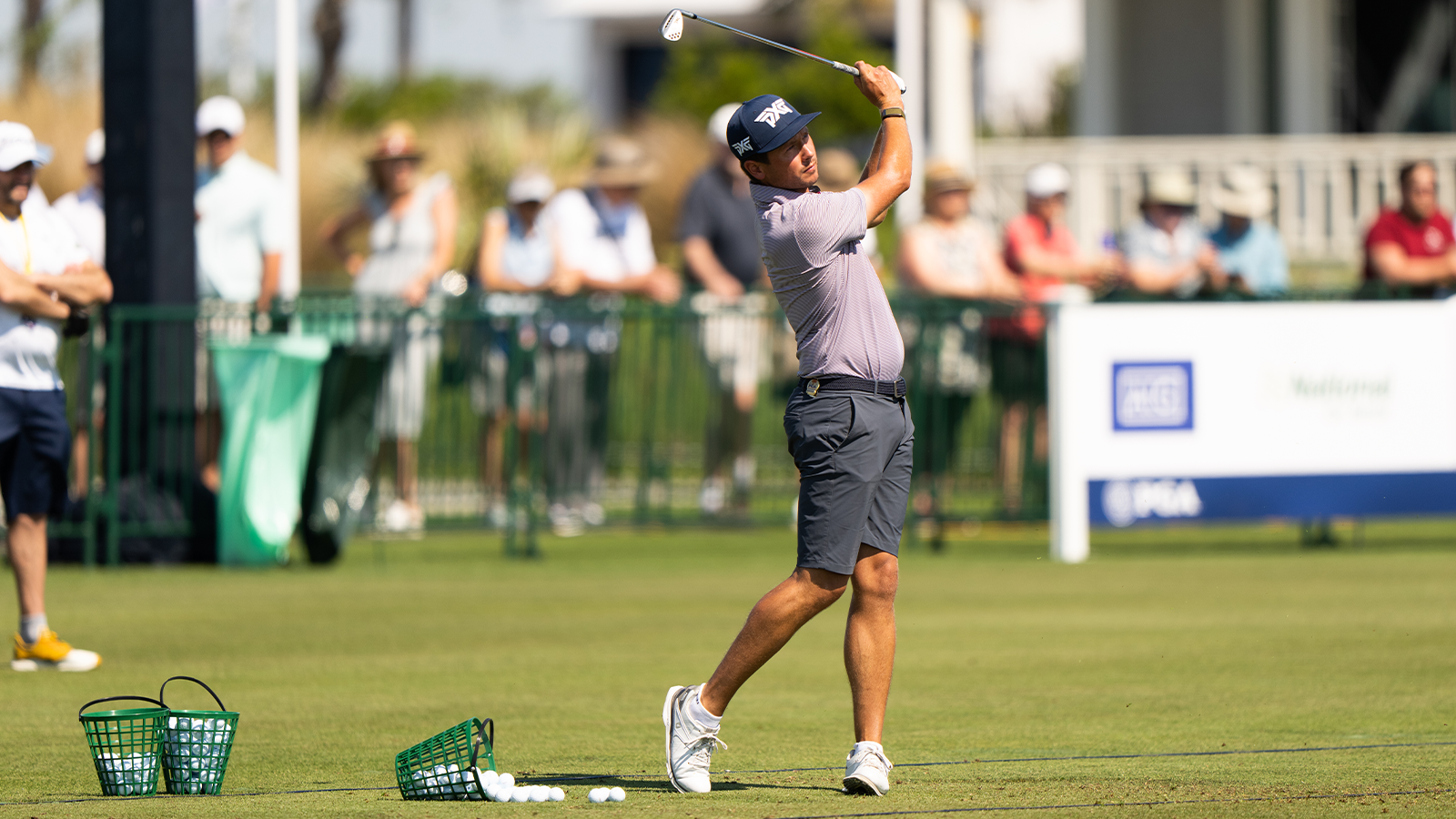
PGA Professional Ben Polland hits his shot on the driving range during a practice round for the 2021 PGA Championship held at the Ocean Course on May 17, 2021 in Kiawah Island, South Carolina. (Photo by Darren Carroll/PGA of America)
When it comes to warming up your swing start small. Hit five or six wedge shots with no
target. Just focus on contact and get a feel for the ground. Tiger Woods taught me that
many years ago. “Your first swings should just be loose and free. Targets make us tight, I
always start with my lob wedge and hit six shots without a target in mind.”
target. Just focus on contact and get a feel for the ground. Tiger Woods taught me that
many years ago. “Your first swings should just be loose and free. Targets make us tight, I
always start with my lob wedge and hit six shots without a target in mind.”
Following the small swings work your way up through the bag until you reach the driver.
Never start with the driver swing, that’s how players get injured. The final shot you hit
before you walk away should be your first tee shot of the day. Get a positive visual in
your mind and then head to the practice green or first tee.
Never start with the driver swing, that’s how players get injured. The final shot you hit
before you walk away should be your first tee shot of the day. Get a positive visual in
your mind and then head to the practice green or first tee.

A contestant makes his putt on the practice green during the third round for the 46th Boys and Girls Junior PGA Championship held at Cog Hill Golf & Country Club on August 4, 2022 in Lemont, Illinois. (Photo by Hailey Garrett/PGA of America)
If you’re there to work on your game, then a schedule is just as important. Amateurs seldom plan their practice time. Watching PGA Tour players “work” today was very cool. You can easily tell they practice on a schedule. Some break it up by time, and others by the number of shots. In either case, the routine helps capitalize on the work.
Today I saw a great example of this when a player was using a training aid. He hit several
shots over the course of fifteen minutes. He used the tool methodically for each shot.
There was a specific drill he was doing for his Coach. After a set period of time, the aid
was set down and he went back to making regular swings.
shots over the course of fifteen minutes. He used the tool methodically for each shot.
There was a specific drill he was doing for his Coach. After a set period of time, the aid
was set down and he went back to making regular swings.
We all fall victim to working on something past the point of usefulness. Fatigue can be
detrimental when we are training. Practice your drills for a limited amount of time that
you predetermine. Golf is such a situational game. Let’s all learn from the game’s best and make great use of our range visits. Don’t confuse you golf brain by trying something new prior to playing and make sure your drill time is measured. In doing so, we can make our range time much more productive.
detrimental when we are training. Practice your drills for a limited amount of time that
you predetermine. Golf is such a situational game. Let’s all learn from the game’s best and make great use of our range visits. Don’t confuse you golf brain by trying something new prior to playing and make sure your drill time is measured. In doing so, we can make our range time much more productive.
